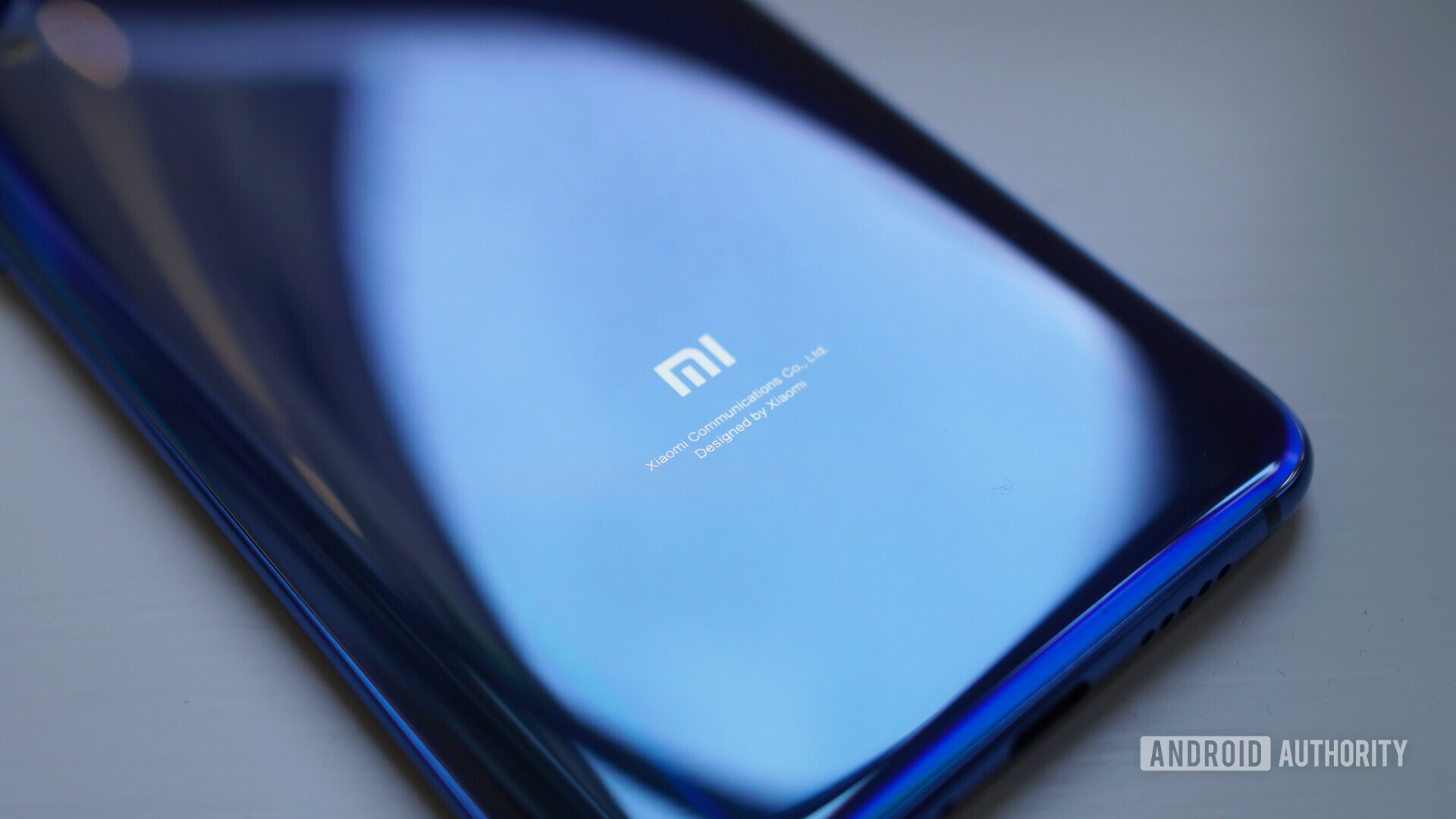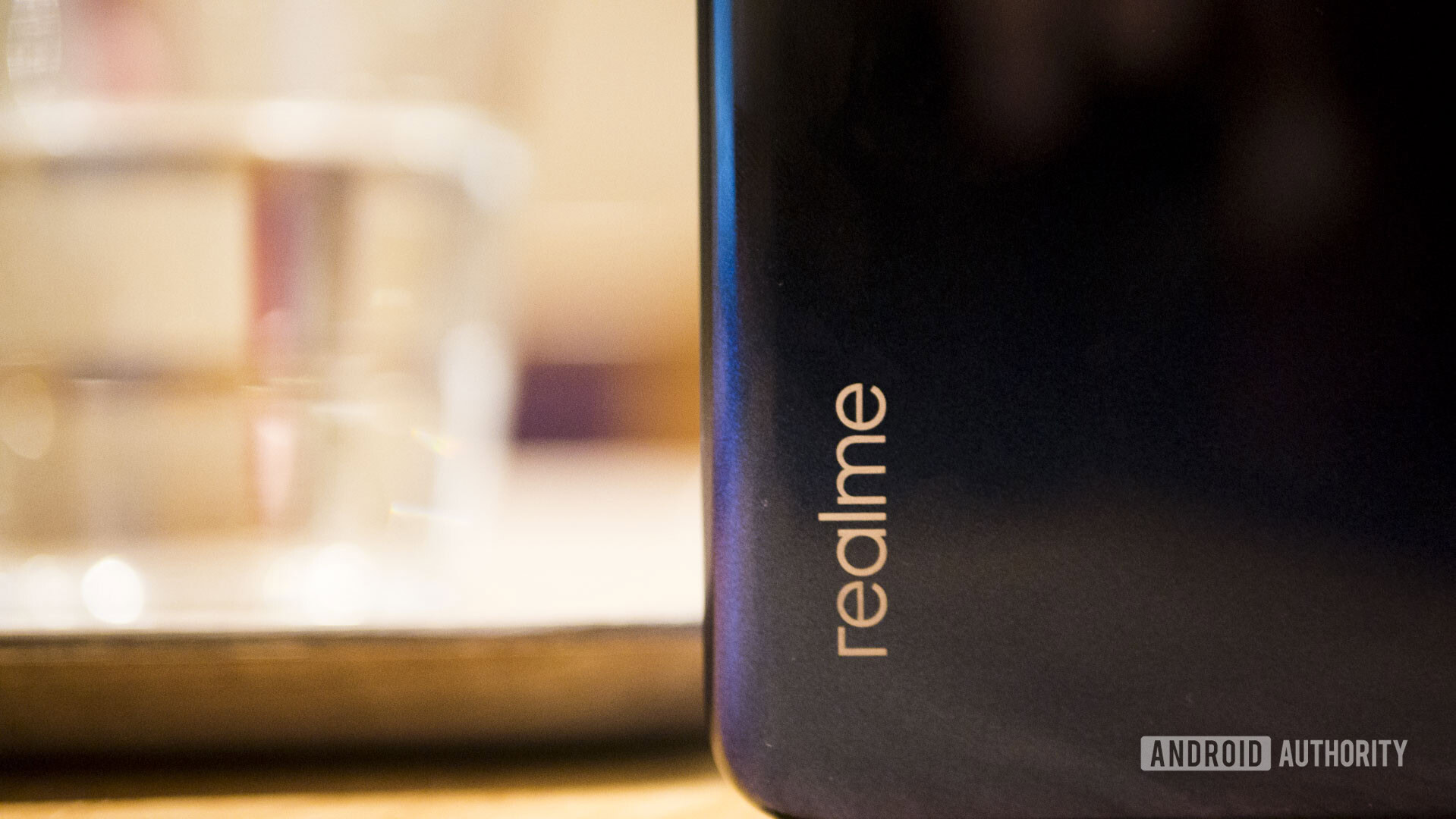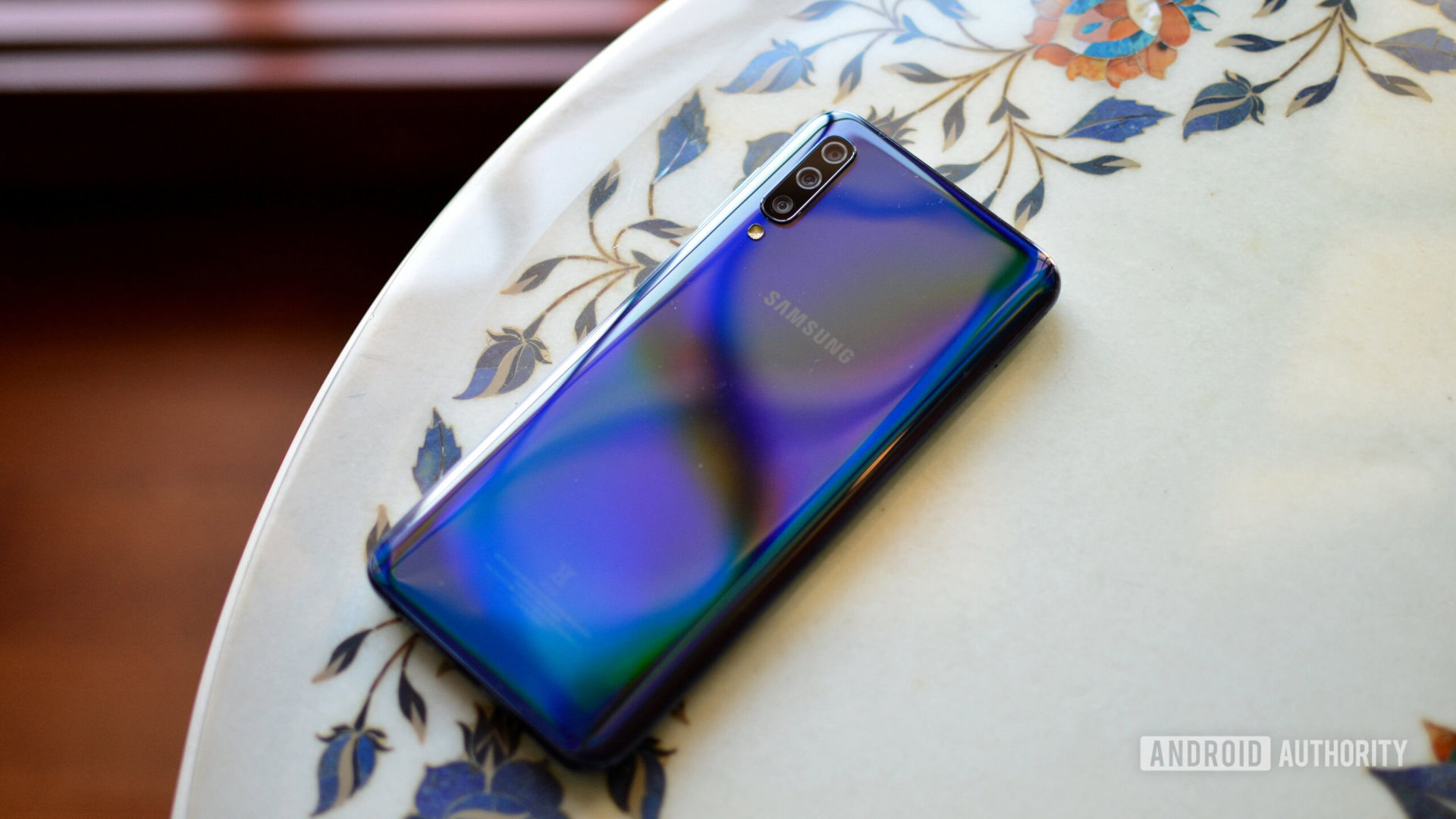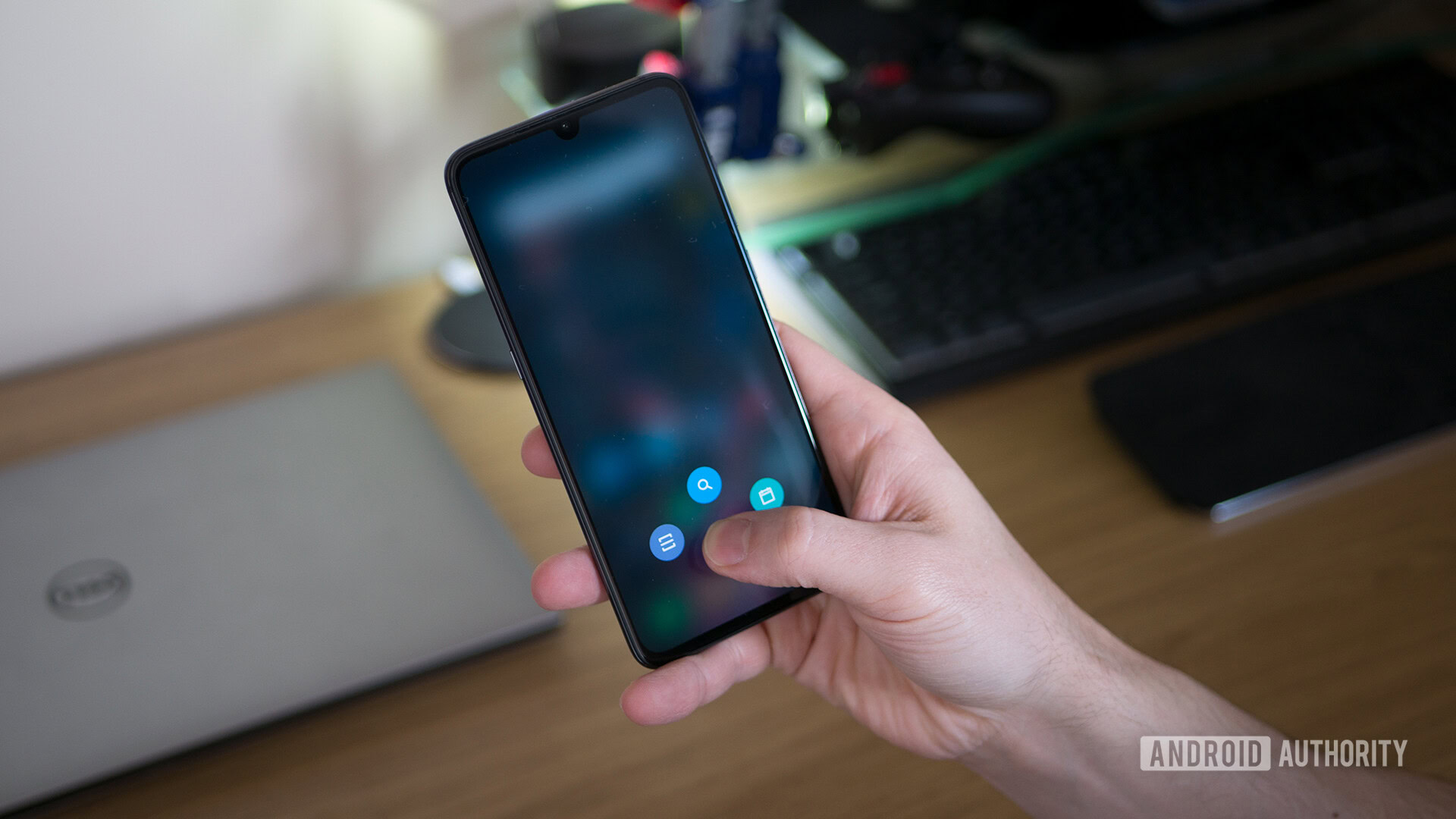Affiliate links on Android Authority may earn us a commission. Learn more.
In light of its potential price increase, who could be the next Xiaomi?
Published onMarch 27, 2019

It seems inevitable that a smartphone darling slowly creeps up its prices over time, as it makes a name for itself and attempts to turn a tidy profit. This happened to Huawei, as it hiked its pricing from the Ascend P6 days and never looked back, and OnePlus is another OEM that sought to adopt this strategy.
It now looks like the same thing could potentially happen to Xiaomi, as its CEO recently said the company could increase its pricing in the near future. This is far from a guarantee of a price hike across its portfolio, but it does make us wonder who could step in to fill the budget kingpin void. The first company that comes to mind is Realme.
Realme’s rapid rise revealed
The former OPPO-owned sub-brand made a massive splash in India in the past year, as its realme 1 delivered great specs for a ~$110 starting price. The company then swiftly followed up with products like the realme 2 series, the realme C1, and the selfie-focused realme U1. Best of all, these devices all have starting prices of ~$200 or lower.

It’s no wonder that the company was reportedly able to secure third place for overall sales during India’s lucrative Diwali sales period. Furthermore, the brand hit local market-share of eight percent in Q4 2018, according to Counterpoint Research. Not bad for less than a year on the market at the time, right?
With the new realme 3 purportedly selling over 311,000 units in the country in several flash sales this month, it certainly looks like the brand can push its market-share even higher.

realme has also been accelerating its offline strategy, with a goal of offering offline sales in 150 Indian cities by the end of the year. It’s a particularly shrewd move, especially after Xiaomi found out the hard way that offline is key to delivering rapid growth in some markets.
Read: Night mode could make 2019 budget phone cameras awesome
One significant, upcoming challenge for realme will be expansion outside India. Xiaomi has been making a concerted effort to expand in recent years, targeting Europe and the rest of Asia in particular. This move has already paid dividends in Europe, as Canalys reports that the brand was number four in the region for Q4 2018.
realme has confirmed plans to expand in the South East Asian region, as well as to the Middle East and Africa. But the company can’t risk a token effort if it truly wants to steal Xiaomi’s thunder. Whether it’s navigating tricky customs and local manufacturing situations or delivering products on time, the industry is filled with examples of expansion gone wrong.
Who else could take the throne?

realme isn’t the only brand in with a shout of stealing Xiaomi’s crown, as HMD Global’s Nokia line has also been making waves. Sure, its best wares like the Nokia 7.1 aren’t the cheapest mid-range devices globally, but they certainly demonstrate that HMD can duke it out with Chinese OEMs. Its phones also stand out thanks to timely updates and stock Android support — real rarities in the Android world.

You also can’t count out a resurgent Samsung or a confident HUAWEI, with both companies competing for the biggest piece of the Android pie (not that Android Pie). The former manufacturer is in the midst of its own budget rejuvenation with the well-received Galaxy A-series, bucking the recent Samsung trend of over-priced, under-specced wares. HUAWEI, meanwhile, is a market leader for mid-range phones in several markets, but it needs to resist the temptation to hike pricing on its budget devices if it’s to avoid becoming Samsung of yore (let alone the new Xiaomi).
Competition for Xiaomi’s crown could very well come from within the Chinese manufacturer too, thanks to sub-brands Redmi and Pocophone. Between the ultra-competitive mid-range price of the Redmi Note 7 and the Pocophone F1‘s flagship power, you can’t rule out that Xiaomi is actually the new Xiaomi.
Who do you think is best-positioned to deliver great budget smartphones?
NEXT: Scammers drained Android phone batteries and made piles of money